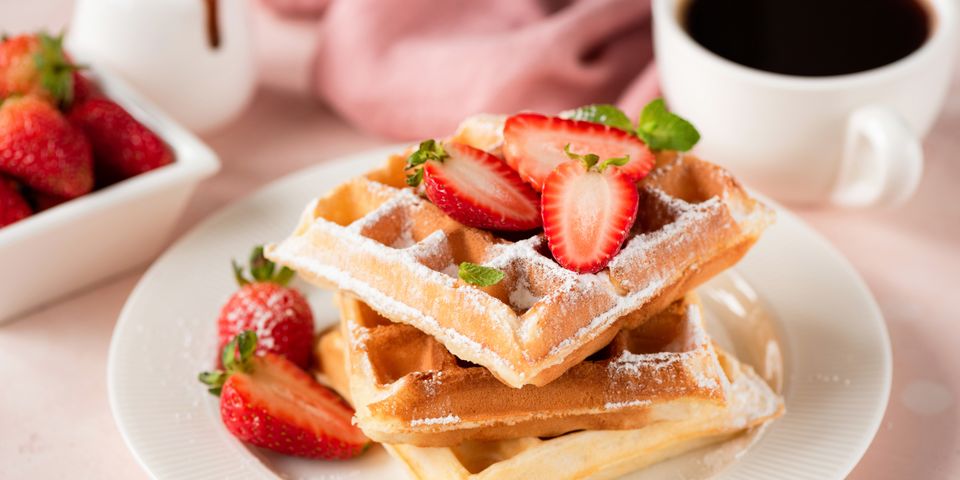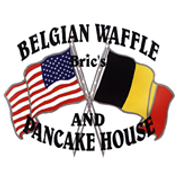What’s the History Behind Belgian Waffles?

Known for their crispy outer crust, deep pockets, and fluffy centers, Belgian waffles are a prized breakfast item across the country. But while today’s restaurants typically feature this culinary delight on their breakfast menus, this dish wasn’t always the worldwide classic it is now considered to be. If you love savoring this dish, here’s a quick look at the history behind Belgian waffles and how they gained such international fame.
First Impressions
While flat cakes or “obelios” have been consumed since the days of Ancient Greece, turning batter into a pressed “waffle” didn't happen until the Middle Ages. At this time, Europeans began using waffle irons to press custom ornamentation into the cakes. Usually flavored with honey or cinnamon, these early waffles were often marked with religious insignia, artistic landscapes, or coats of arms.
A Sweeter Side

In the 18th Century, bakers began amplifying the fluffy and crispy texture of early waffles with sweet ingredients. In Belgium, this experimentation led to the creation of two types of waffles: Liège and Brussels.
Liège waffles were made with pearl sugar, which resulted in a chewy and caramelized texture. This crispier variety was oval with a grid-like pattern.
Brussels waffles also offered a sweeter composition thanks to the inclusion of butter and sugar in the recipe. However, compared to the Liège variety, this recipe cooked up a light and fluffy waffle that was presented in a perfectly square form with deep, grid-like pockets. The Brussels waffle is what most Americans now identify as a Belgian waffle.
From the Streets to the States
In Belgium, waffles were generally served as quick and convenient street food, where they were fried and wrapped up by local vendors. Since then, Belgians have usually consumed the item by hand and with little to no condiments.
The Belgian waffle gained popularity in the United States after it was presented at the 1964-65 World’s Fair in Queens, NY. At the fair, Maurice Vermersce—a Belgian native living in New York—dressed up the traditional waffle with whipped topping and sliced strawberries. Rather than eating waffles by hand, patrons cut them up with forks and knives, which is how the dish is commonly enjoyed in the United States today.
When you have a hankering for this historic dish, order up a stack at the Belgian Waffle & Pancake House in Branson, MO. Whether you prefer your Belgian waffle with whipped cream and fruit or sprinkled with powdered sugar, this restaurant offers many varieties to please your taste preferences. Check out this establishment’s menu online or call (417) 334-8484 to learn more about these options.
About the Business
(2,291 reviews)
Have a question? Ask the experts!
Send your question

